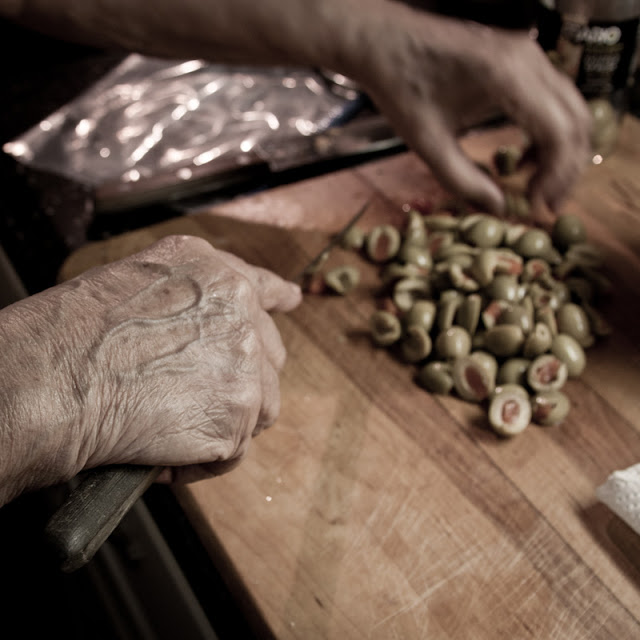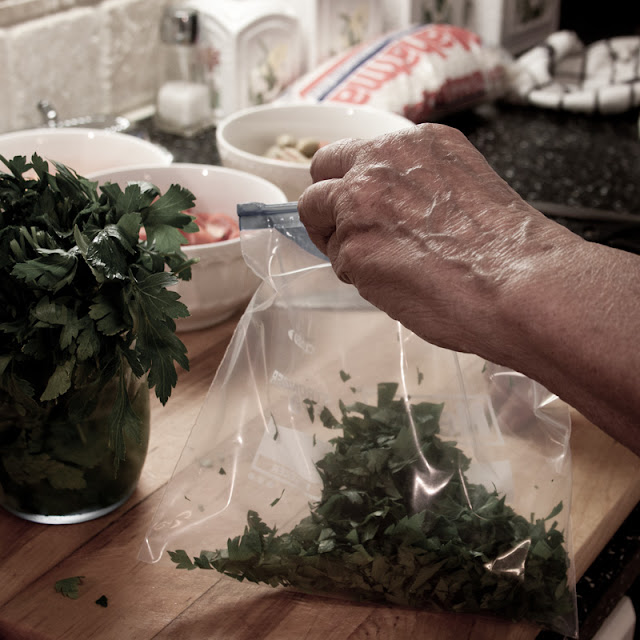 |
| Hannah Wilke, Fork and Spoon, 1974, kneaded erasers and metal utensils Image source |
The following reflections originated with my Residency Summary from July. In italics, I have included my thoughts about how the ideas have developed over the last couple of months and how I plan to proceed now that I'm back in the studio.
Shells
- Really consider how the shell work functions beyond the memorialization of a gesture. In thinking about how I can incorporate some of the photographs I used over the summer and cross reference work across different media. I will translate my mother and grandmother's gesture photographs into shell forms.
- Revisit Hannah Wilke. I'm very interested in her gestural forms, especially when she combines abstracted gestures with representational imagery/objects. The interior space in my shells also resemble yonic forms, as well as mouth and ear cavities, creating possibilities to reference narration (what is heard and spoken)
- Consider other material for this work (etc. silicon, resin, clay) In response to my desire to create work that encourages and rewards interaction, I want to use a material that is pleasing to touch, while maintaining the sense of immediacy and level of detail that plaster lends to the work.
- Should these be multiples? Or unique? I think with the way that the idea is developing definitely unique is the way to go. I am capturing specific moments and referencing different people.
- Think about how to arrange or display work to encourage viewer interaction. Packaging? This is still under consideration.
Papier-mache
Ontologically, sculpture on the floor is confrontational to the viewer. The forms that I use are also much more aggressive (almost grotesque) than the narration that accompanies them.
Find a way to resolve this disconnect through ontological shift, use platform and/or Plexi cover, or make experience more immersive. Intentional or not, this work has Pop/Surrealist references. Consider a shift in scale.
The tactile relationship that the viewer has with the work is very important to me, which leads me to believe that limiting the work to a handheld scale should be my goal. These objects can then be displayed as collections on a shelf or in a vitrine.
Work on consolidating tone with other works
Certain motifs are more eloquent in the pictorial than in objects. In this work the motifs are too obscure, becoming illustrative of ideas rather than interactive.
How can I increase the complexity of this work? I believe the scale shift and clarifying my conceptual intentions will help answer these questions. This work displayed in context with the other work (quilts, images, audio, and reliefs, etc.) will also help build a narrative. The tone in this work should help lend meaning to the other objects rather than detract from it. I will also reintroduce papier-mache reliefs to my practice, but rather than depicting archetypes of land forms as they did before, they will map specific places and memories. This will help bridge the gap between object and pictorial.
Are these works necessary? I can't really determine this right now. I need to continue making them following the guidelines I set above and see where that takes me. Keep making and experimenting, maybe they will be absorbed into the other work. Maybe not.
If so, how can I improve their construction? Work on armatures, surface, and color.
Make sure that materiality and form connect. Why am I using paper to create this work? Is there a way to use paper in a more intentional way with this work? These questions need to be clarified for me personally and it the work itself.




















